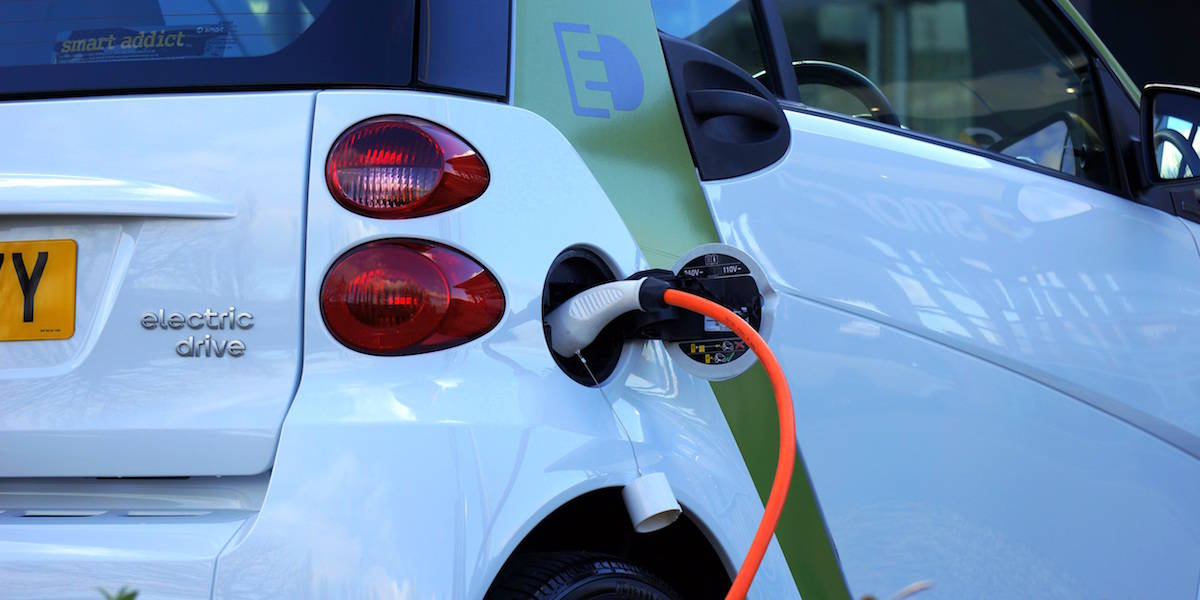Compare EV charging costs by solar, off-peak, controlled load and general rates
Want to check out the cheapest ways to charge your EV? The table below shows the range of residential electricity rates for EV charging in each electricity network in Australia as well as solar feed-in tariffs.
Click on the rate ranges below to browse the actual rates provided by retailers in each network.
Not sure which electricity network you are in? Use the network lookup below.
The easiest way to find the best EV deal for your situation is to use WATTever’s comprehensive comparison – it’s the only electricity comparison that ranks plans for EV owners based on your home’s unique energy use and solar export plus includes Super Off-Peak rates available to EV owners.
Off-peak versus controlled load charging
As an EV owner of more than 10 years, I would strongly recommend having an off-peak time of use or controlled load charging option. This minimises the costs of recharging your EV and allows you to leave home every day with a high state of charge.
Traditionally off-peak tariffs support charging from 10pm-7am each night (see Time Of Use periods for your network) with an increasing number of networks supporting off-peak tariffs in the middle of the day to take advantage of lower network utilisation and lower generation prices due to low cost solar. That’s plenty of time to fully charge your EV using its onboard charger at full power. Controlled loads are turned on by your electricity network and are available from 6-16 hours per day depending on the tariff and network.
Controlled Loads rates are only shown where that network supports charging EVs on that controlled load tariff and via a dedicated circuit (hard-wired to a fixed charging station). The specific controlled load tariff is shown in brackets in the table above. General/anytime and off-peak tariffs allow portable or fixed charging stations to be plugged into general purpose electrical sockets providing greater flexibility than charging stations hard-wired to a dedicated controlled load circuit.
Charging with solar
Charging with solar is usually the cheapest option depending on the feed-in tariff you forego when charging from your own solar. There are now an increasing number of solar aware charging options available. These track your solar export and adjust the charging rate of your EV to soak up that excess and charge your EV. It’s a great option when your vehicle is at home during the day. If you have a battery, then you can charge your EV off the stored solar when the sun doesn’t shine (enough). However, it’s worth keeping in mind that cycling the battery impacts the battery lifespan, so check if it may be cheaper to charge from the grid.
The solar energy you generate helps reduce emissions. Whether that’s by reducing your own emissions (by charging your EV directly from solar or indirectly from battery) or reducing your neighbours emissions by exporting excess solar, it all makes a difference. Choosing to drive an EV reduces local air pollution and solar reduces the emissions intensity of the electricity grid. Great work!

